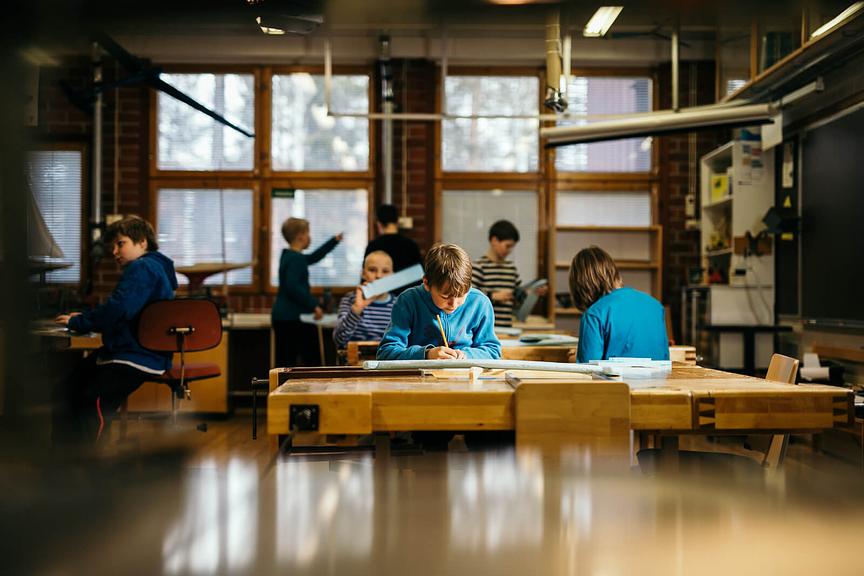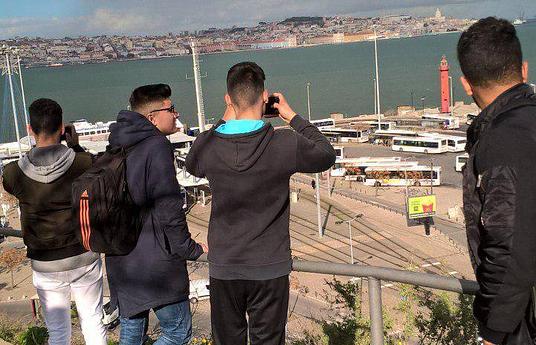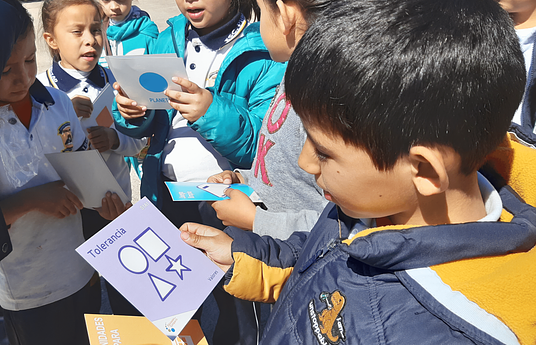People who are in the position to make decisions must have an understanding of schools that is based on what actually happens in schools – not hearsay or preconceptions. Getting members of Parliament to visit schools is an easy way to update their knowledge of schools. The idea of the innovation is to challenge every member of Parliament to spend a day in their local school.
Creating a forum for discussion between students and politicians is as important as giving members of Parliament a chance to experience school. Students get the opportunity to ask questions about issues they care about and even challenge the visiting member of Parliament to explain their position better.
The Q&A gives members of Parliament the opportunity to talk about democracy, their work and how the Parliament works; which gives students a good overview on how society and decision making works in real life. It also increases students’ understanding of how they can affect change in society, whether it’s through who they vote for or through other means such as petitioning or protesting.
This innovation can be organized on a big or small scale: at its simplest it can be a Q&A with a member of parliament with no additional activities. Schools can schedule and plan the event to best suit themselves. Several MPs could visit a school at the same time to create a panel debate which could bring additional value.
A school can organise the MP’s visit by themselves, but you can also work together with the Parliament. In Finland, ‘Members of Parliament go to School’ was organized by the Finnish Parliament as a theme week that was part of the Finland 100 centennial celebrations.



